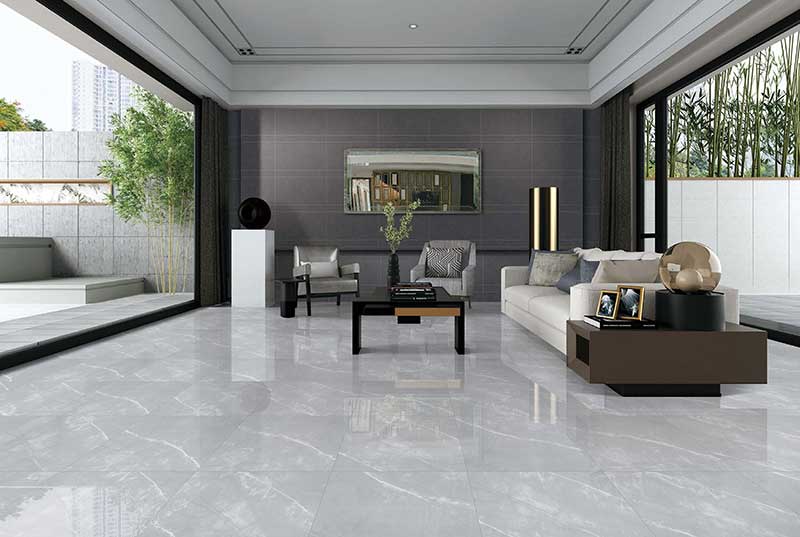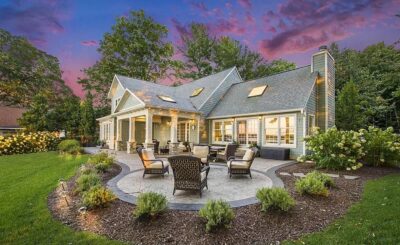Currently, there are multiple alternatives to cover the walls like the copper backsplash and give it a touch of design, creative, original, and modern. In this context, the tile appears as a preferred alternative for those who reform spaces. In this case, we will analyze the advantages and alternatives of kitchen tiles.
Tiles are traditionally widely used as wall coverings in both the kitchen and the bathroom, mainly because of their value for money and their high functionality and hygiene, thanks to their easy cleaning. Most of the time, the preference is to use ceramic tiles. However, there are a large number of materials with which they are manufactured.
When decorating or redecorating our kitchen, tiles are the star, thanks to the many possible combinations. They can be interspersed with small mosaics, borders of different shapes and sizes, giving a personalized appearance adapted to our particular taste.
In this way, kitchen tiles are an option within everyone’s pocket, as well as being one of the most practical alternatives for covering walls, primarily because of how easy it is to clean them with products that can range from the most aggressive, such as disinfectants, without the ceramic piece deteriorating a bit. And since the kitchen is a place that is repeatedly exposed to stains, this cleaning capacity is a significant factor when deciding our space’s decoration.
Types Of Tiles
Various types of tiles differ mainly by the material from which they are made. Among them, we can highlight the following:
- Ceramic: it is best known for kitchen tiles. It exists for both walls and floors. Thus there are also unique versions highly resistant to heat, which are frequently used for tables and countertops.
- Cork: the cork pieces provide a warm and attractive coating. At the same time, they have the advantage that they dampen noise. Sometimes they are made with a PVC or acrylic coating. Otherwise, after placing them, it is necessary to varnish them with polyurethane.
- Linoleum: Although it is also sold in rolls, it is becoming increasingly popular as a floor tile. This product is made from natural materials, including linseed oil, cork, and wood. Elements that are baked and compressed finally giving rise to the compact material. Among its characteristics, the fact that its tiles are resistant and warm underfoot stands out.
- Mineral Fiber: This ceramic primarily provides heat and a high degree of sound insulation. In the market, they can be found in both flat and textured versions.
- Mirrors: They are a great design alternative. They can be found in mosaic shapes and allow the space to look bigger or smaller depending on the effect that is given to it.
- Mosaics: They are more minor adaptations of irregularly shaped ceramics that mainly provide color and personalized design to walls, floors, or furniture.
- Tiles and Terracotta: composed of high resistance material, it has a range of colors based mainly on red and leather colors. Another quality is that they are less slippery than other ceramics and have a non-slip surface.
- Rubber – Today, rubber ceramics are becoming increasingly popular in the home cladding. They are resistant, soft, and non-slip.
- Stone: Ceramic stones give a much more natural design. They can be made of marble, slate, or natural stone. They are very durable but cool to the feet and noisy, and challenging to put on.








